Dresden is a city brimming with musical history, from the house where Wagner wrote his Lohengrin opera and the street where a popular violinist was murdered on a tram, to a hall where Mozart once played for the king. Guide and cultural historian Christoph Münch set out to find the city’s forgotten musical past and collected them in his book “Dresden – 500 Places of Music”. Also of interest is the important role the railways played in the city’s cultural and musical development.
The idea for Christoph’s book came to him as he walked through “his Dresden” on one of the many tours he provides as a guide. “Dresden’s been a centre of art and architecture for centuries, but when it comes to classical music, people tend to think of Leipzig first. When I was preparing for the 250th anniversary of Mozart’s birth in 2006, I learned from reading his letters that Mozart had spent a week in Dresden and had even been looking for a job here. Bit by bit, I discovered where all kinds of famous (and less famous) composers and musicians had lived, worked and revelled. I began to see that the city is full of music.”
Despite the destruction caused by the British-American bombing of February 1945, many places of significance did manage to survive the ravages of war. “Go outside of the city centre and you still stumble across these historical spots today – grand villas built in the 19th and 20th centuries. Most musicians and composers liked to live in the upper middle-class Südvorstadt, Blasewitz and Loschwitz neighbourhoods, trendy areas where you could live very well. Many are only a tram ride away from the main station.”
Importance of the railways
The railways had a significant role to play in Dresden’s musical history. ”Hardly any other group, apart from perhaps merchants, politicians or soldiers, travelled as much as musicians. And their jet-set lifestyle got an enormous boost with the arrival of the railways. You just have to look at their concert schedules, tours and visits to get a sense of it.”
10 places you should visit
1. The old Leipzig Station: a milestone in railway history
Opened in 1839, the Leipzig-Dresden railway was the first long-distance railway line on the European continent. The time that this route saved travellers was enormous: by coach, the journey took a day; by train, just 3.5 hours.
One of the line’s first passengers was composer Robert Schumann, who travelled from Leipzig to Dresden on the opening day, 8 April. Robert and Clara Schumann even moved house via the railway on 13th December 1844 with their children Marie and Elise.
Another German composer, Felix Mendelssohn Bartholdy, was also among the first passengers. He described the comfort and speed of travel in a letter to a friend: “A stay in or near Dresden would be the only excursion we would like to make; but, as you know, that is only three and a half hours away from here by rail.” In the following years, too, almost all the musical greats travelled to or from Leipzig via Dresden’s Leipziger Bahnhof, or Leipzig Station. While this name is long gone along with the old station building itself, some remnants of the historic station can still be found next to today’s modern Dresden Neustadt building (Hansastraße 1).
2. The homes of Richard Wagner
Richard Wagner always lived beyond his means. There were times when he earned next to nothing, including in Paris, where he tried in vain to get his career going. When he came to Dresden in 1842 to take up the position of court conductor, things were looking up. But any money he earned he spent again immediately. His appetite for wine, furniture and expensive fabrics was insatiable, and he was constantly on the move as he could never pay his rent. This explains why several of Wagner’s former residences are scattered all over the city. His last Dresden flat can be found in the stately Marcolini Palace, today a hospital (Friedrichstraße 20), with his apartment now a doctor’s office. Wagner himself is buried in Venice, but the grave of his first wife Minna Planer lies in Dresden’s Alter Annenfriedhof cemetery (Chemnitzer Str. 32).
3. The homes of Robert and Clara Schumann
One of the greatest composers of the Romantic era, Robert Schumann lived in Dresden with his wife Clara and their children from 1844 to 1850, having moved there from Leipzig by train – something we know about thanks to the detailed diary the couple kept. In fact, we know quite a lot about their lives, as many letters, books and maps survive, and we even know exactly where the Schumann houses were located. Although their homes were destroyed in 1945, two places where their music had been played were rebuilt after 1990. The Coselpalais, behind the Frauenkirche, where the couple held chamber music concerts, and the Hotel de Saxe (today Steigenberger), where Clara Schumann performed her husband’s piano concerto for the first time.
4. Mozart: A visit to the king
Mozart’s letters reveal that he spent a week in Dresden during Easter of 1789, and it’s believed that he even tried to get a permanent job in the city. He also played for the king here, writing to his wife: “The other day I played the new concerto in D at court; the following day, Wednesday 15th, before noon I received a rather nice box,” which contained his fee. Mozart and later Beethoven (1796) no doubt played in front of the royal family in the “Music Room of the Electress” at Dresden Castle. To see – and hear – an original from this period, head to Dresden Cathedral and listen to the Silbermann organ which Mozart himself once played on.
5. Murder on a tram
While sitting on a tram on 20th March 1901, 34-year-old composer and violinist at the Dresden Hofkapelle, Adolf Gunkel, was accosted on his way home from a performance by a 49-year-old female stalker holding a bouquet of flowers. Hidden within were two pistols, which she suddenly brandished and used to shoot the poor violinist in public. The brutal murder made headlines across the country, and German writer Thomas Mann was even inspired by the event for his work “Doctor Faustus”. Gunkel’s house and grave can still be visited (Villa Hans-Böhm-Straße 5 and Trinitatisffriedhof), while the gruesome tram murder took place in Pfotenhauerstraße (Dresden-Johannstadt).
6. Wagner’s summer residence, birthplace of Lohengrin
Richard Wagner and fellow German composer Carl Maria von Weber’s summer houses are located on the outskirts of the city and make for wonderful places to visit. Weber’s house in Dresden Hosterwitz (Dresdner Straße 44) is now a museum and looks almost identical to how it did between 1818 and 1825, when the musician came here to relax and be close to his king at nearby Pillnitz Castle. Five kilometres from Weber’s summer residence stands the house where Wagner spent a three-month summer holiday in 1846. Here, he worked mainly on his opera “Lohengrin” – and the now aptly named Lohengrin House together with the baroque Graupa manor house form what’s known as the Richard Wagner Sites. This double museum tells the story of the composer in pictures, music and interactive installations, and it’s also the oldest Wagner museum located somewhere he actually lived in.
7. Strauss’s private train
The area around Dresden’s main railway station also plays a role in the city’s musical history. Until 1945 the legendary Hotel Europäischer Hof stood here, a bustling cultural spot where artists and musicians would constantly come and go. In 1911, when Richard Strauss premiered his opera “Der Rosenkavalier” in what is now the Semperoper, the railways were also important. Strauss was working at the Berlin State Opera at the time, but he actually held the Dresden ensemble in much higher esteem. He premiered almost all the operas he composed in Dresden, and he even organised a special train from Berlin for his fans. The premiere party in 1911 featured an exquisite 6-course menu and took place at the Hotel Europäischer Hof, ideally located only a three-minute walk from Dresden’s main railway station.

8. Old Catholic Cemetery
Looking to escape the hustle and bustle of the city and find some peace and quiet? A visit to an historic cemetery is always a good start, and there are three in Dresden that are of particular interest. The Old Catholic Cemetery (Friedrichstraße 54) just around the corner from where Wagner lived, the Trinatis Cemetery (Fiedlerstraße 1) and the Johannis Cemetery (Wehlener Str. 13). Between them, you can find the graves of many musical greats, with the Old Catholic Cemetery, where conductor and composer Carl Maria von Weber is buried, especially beautiful. His most famous opera, “Der Freischütz”, premiered exactly 200 years ago in 1821 and is considered the first German Romantic opera. The many Italian and Polish inscriptions on the graves also give a nod to Dresden’s diverse, international history.
9. A memorial at Dresden Neustadt station
Dresden’s old Leipzig Station, which was extended and rebuilt in the 1850s, wasn’t demolished when the new Dresden-Neustadt station opened in 1901, but continued to be used as a goods station. It was also here that many of Dresden’s Jewish population were deported to concentration camps and ghettos, including the composer Arthur Chitz (1882-1944). Today, a memorial plaque can be found at the entrance of the Neustadt station (Schlesischer Platz).
10. Homes of Rubinstein and Rachmaninoff
Towards the end of the 19th and the beginning of the 20th centuries, the railway connection to Russia brought many Russian musicians to Dresden, including Alexander Scriabin, Anton Rubinstein and Sergei Rachmaninoff. Rachmaninoff’s original house (Sidonienstraße 6, today Reitbahnstraße 36) was destroyed in 1945, but the Russian church (Fritz-Löffler-Straße 19), to which he donated its heating, still exists. Rachmaninoff fell in love with Dresden and even bought two houses here as investments, one of which (Trachenberger Strasse 23) still stands today. Rubinstein’s home in Kleinzschachwitz is, however, now privately owned.

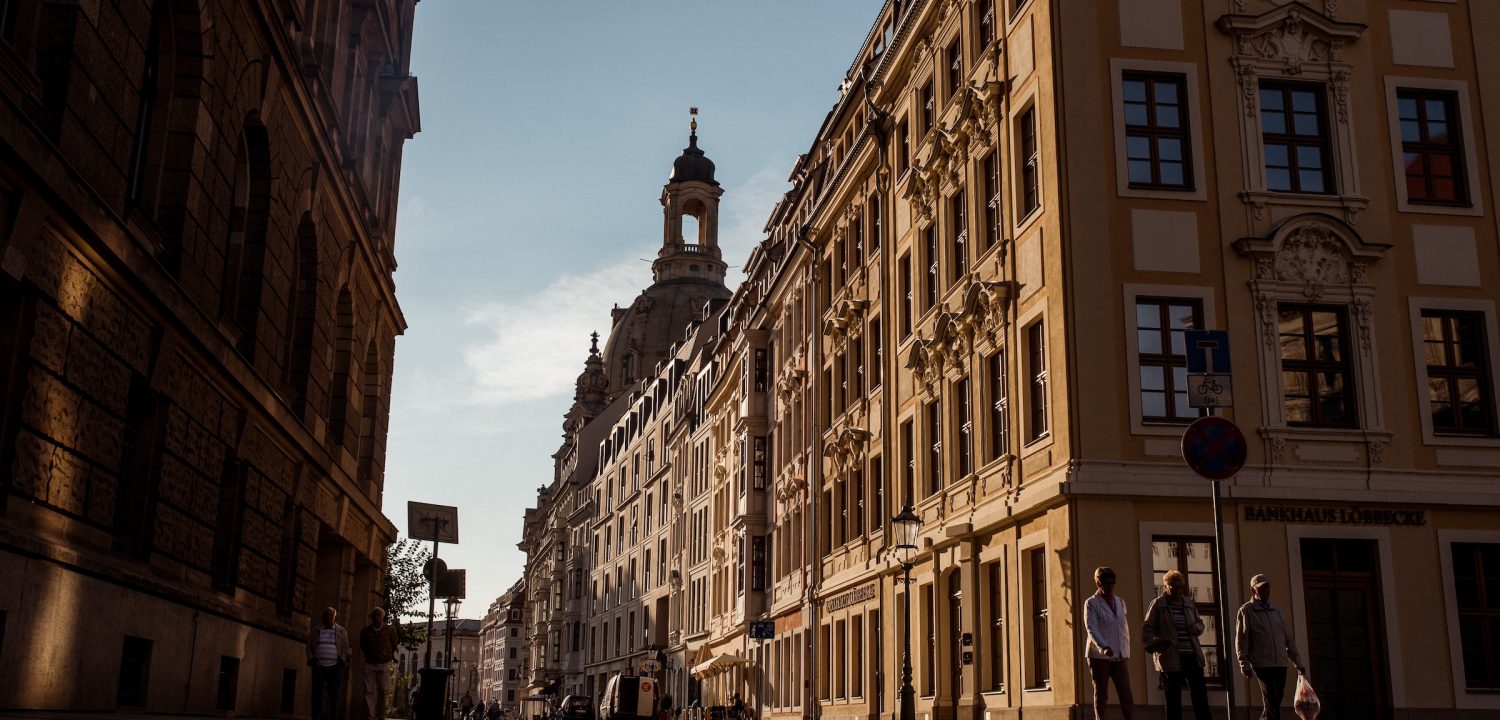

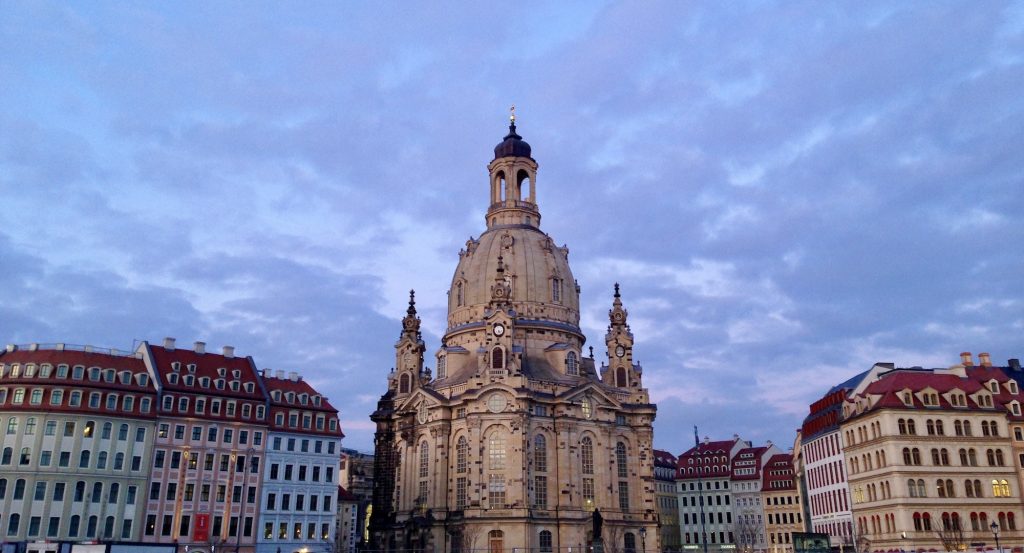
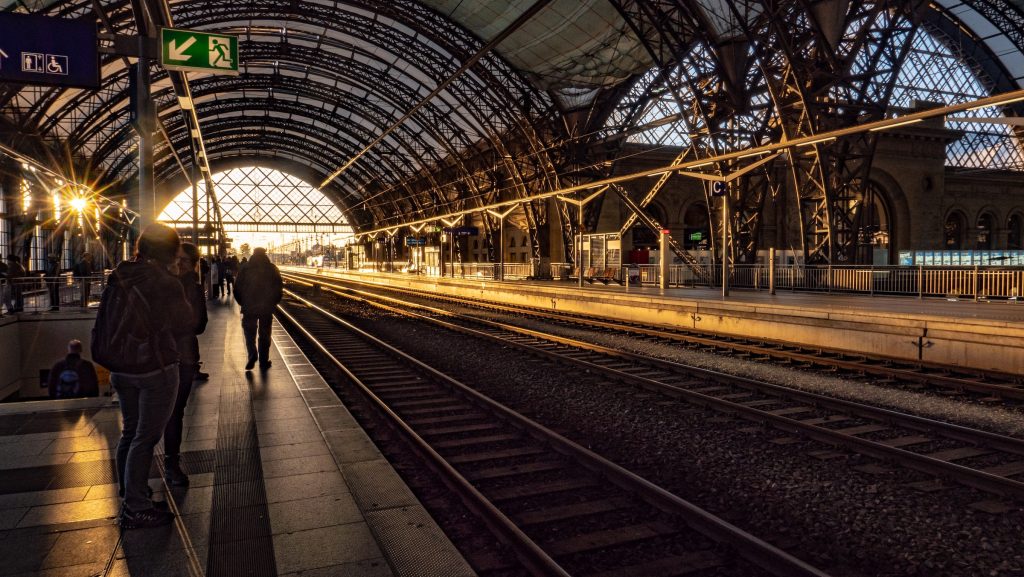
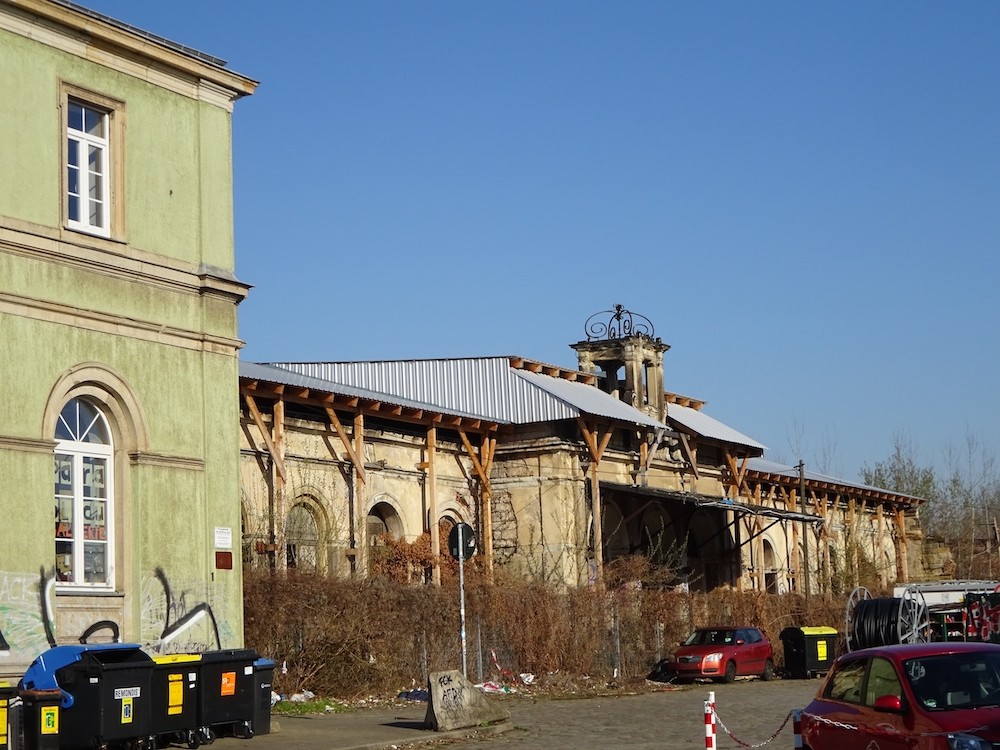
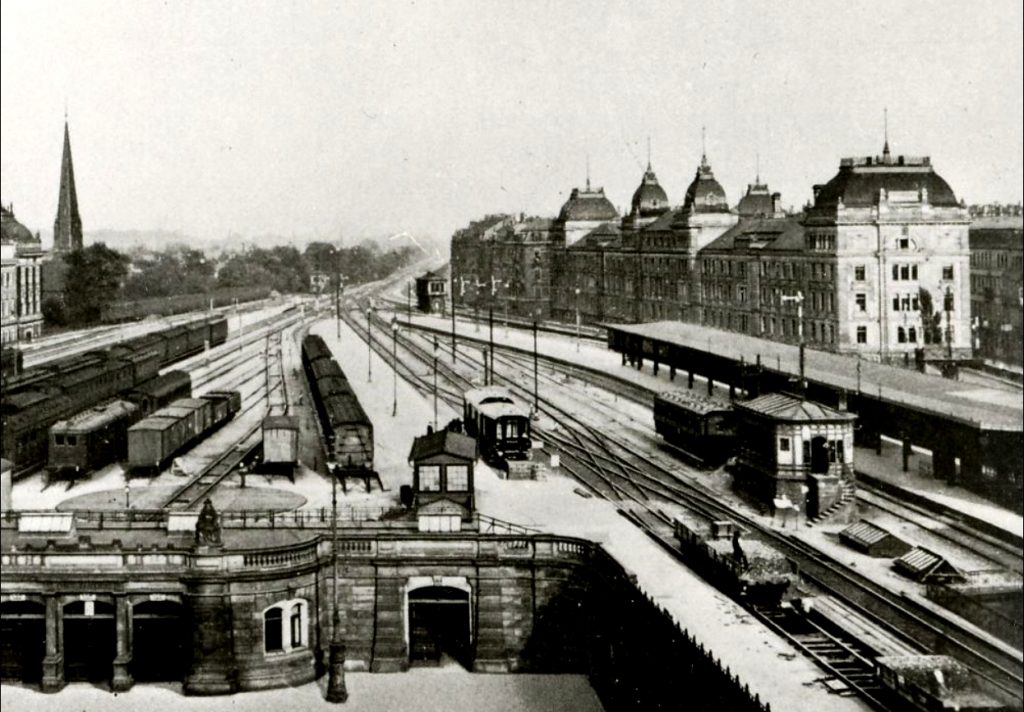
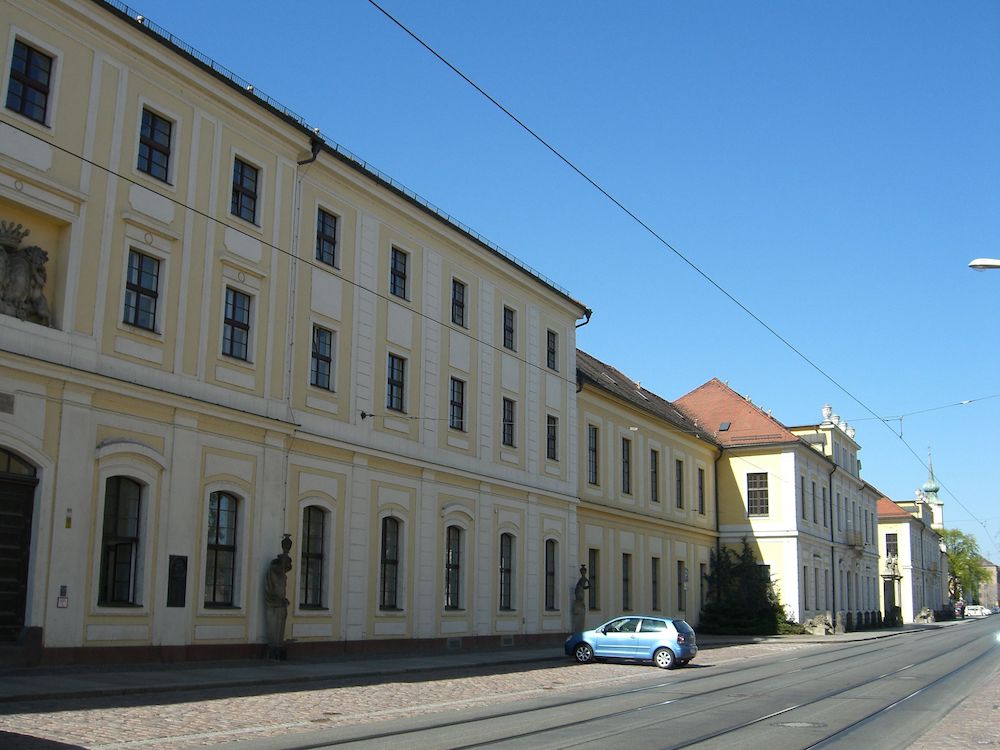
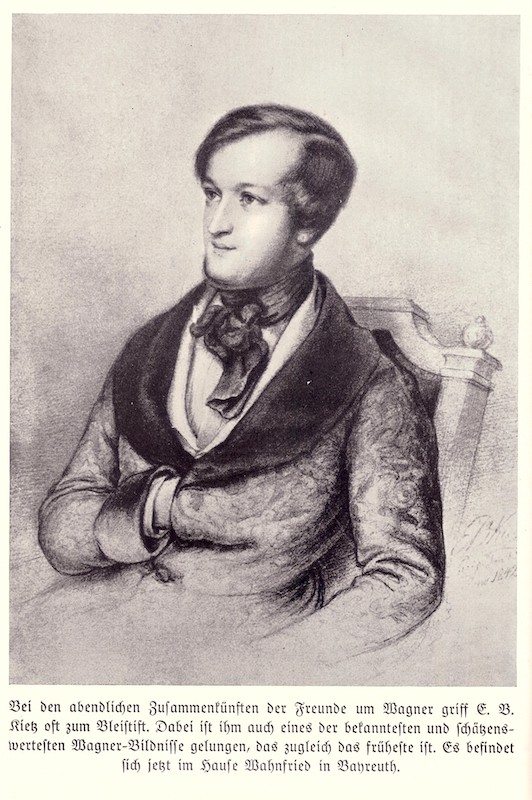
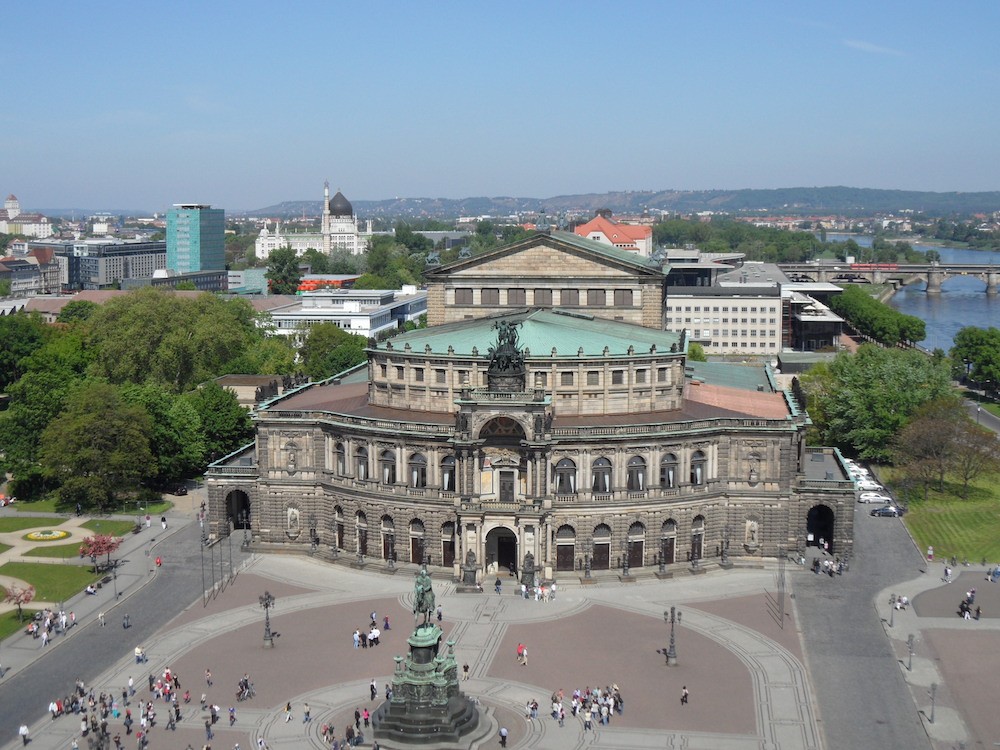
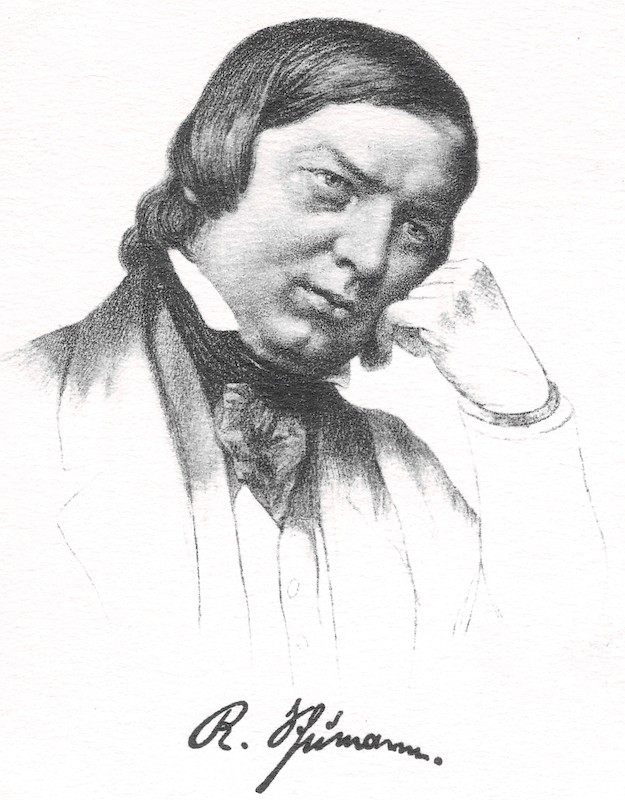
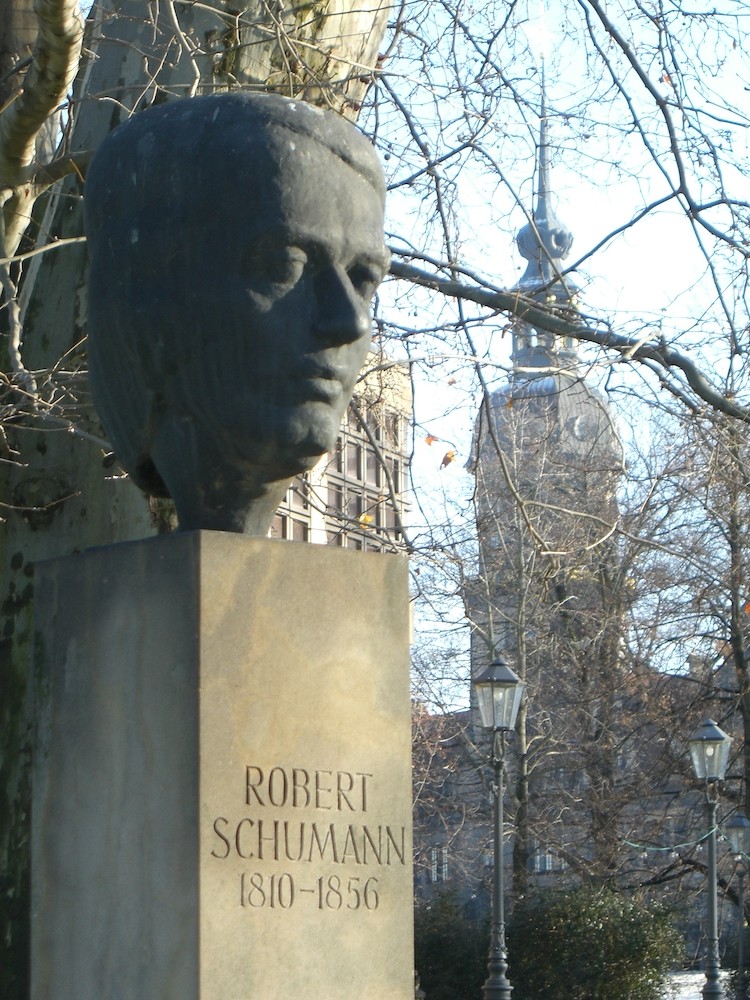
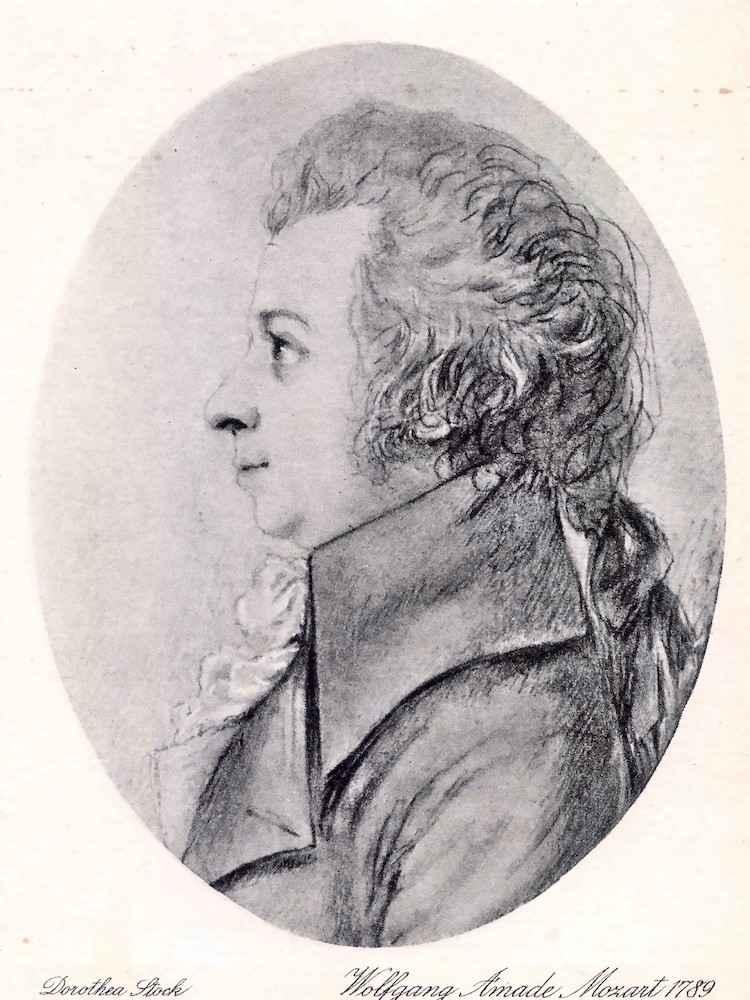
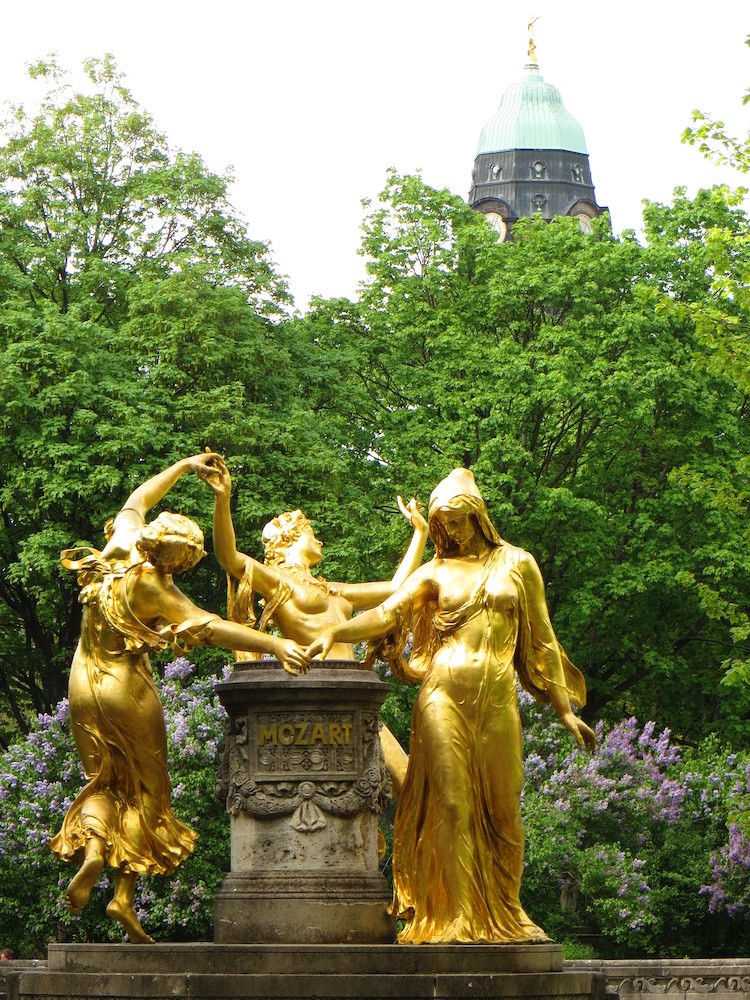
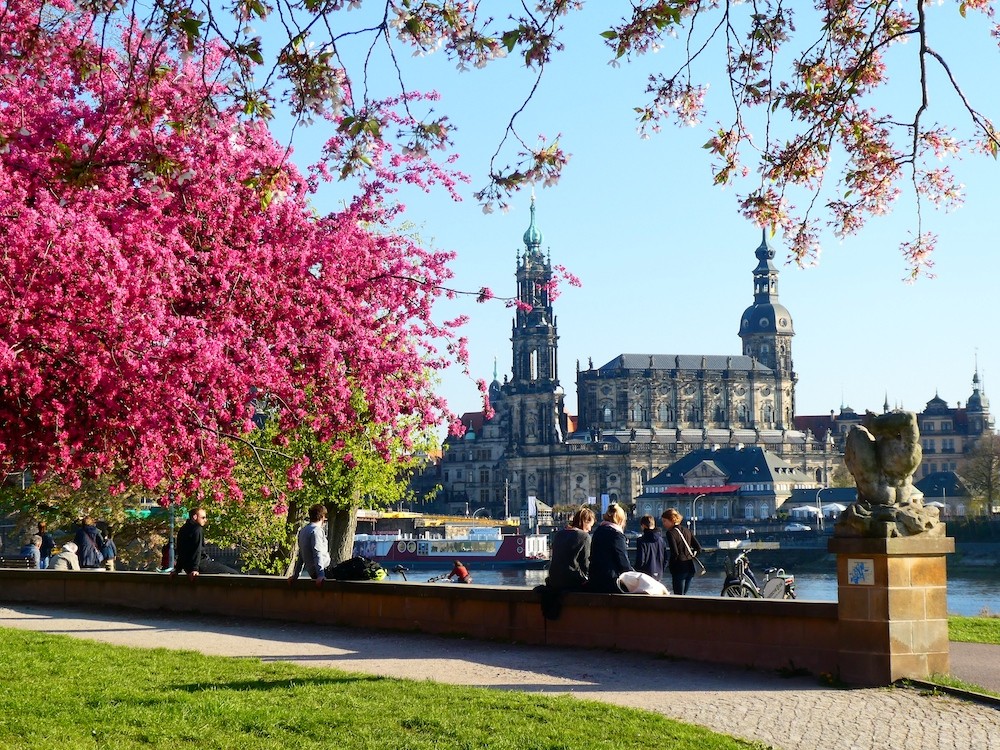
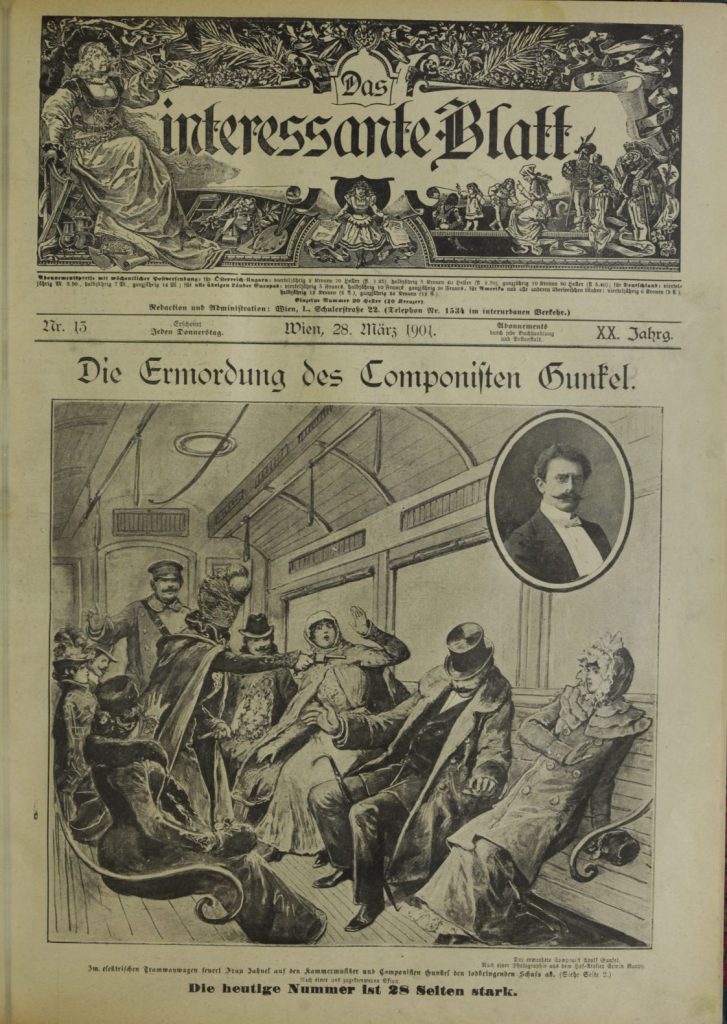
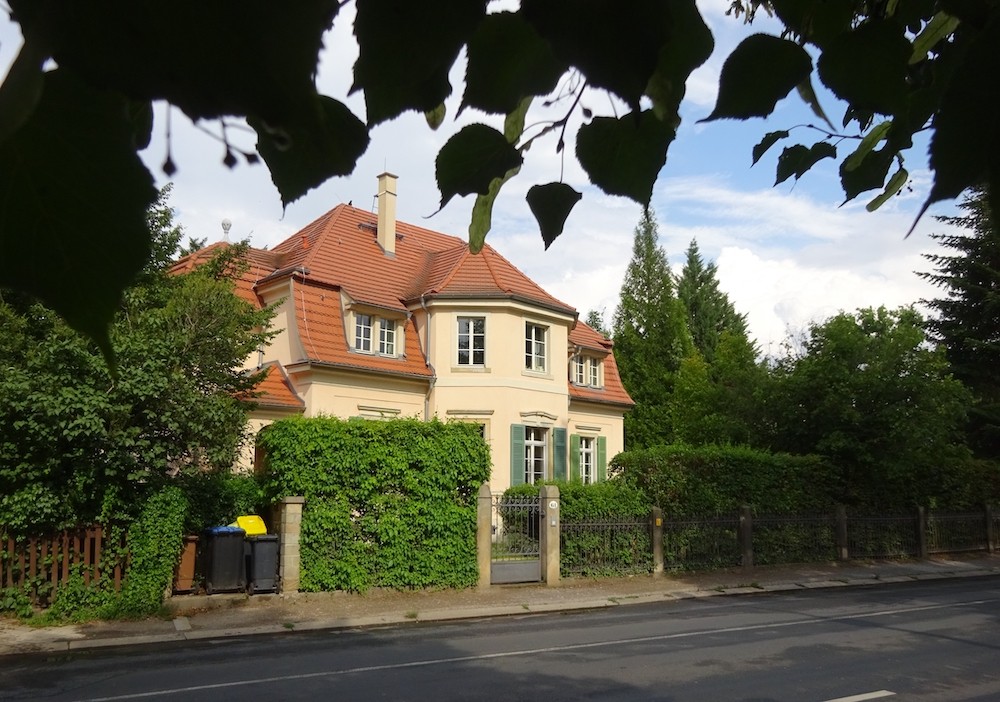
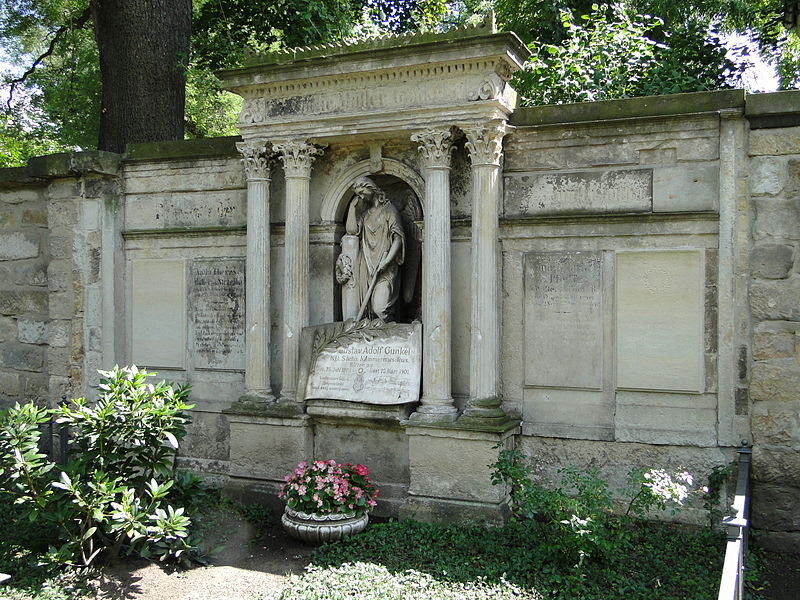
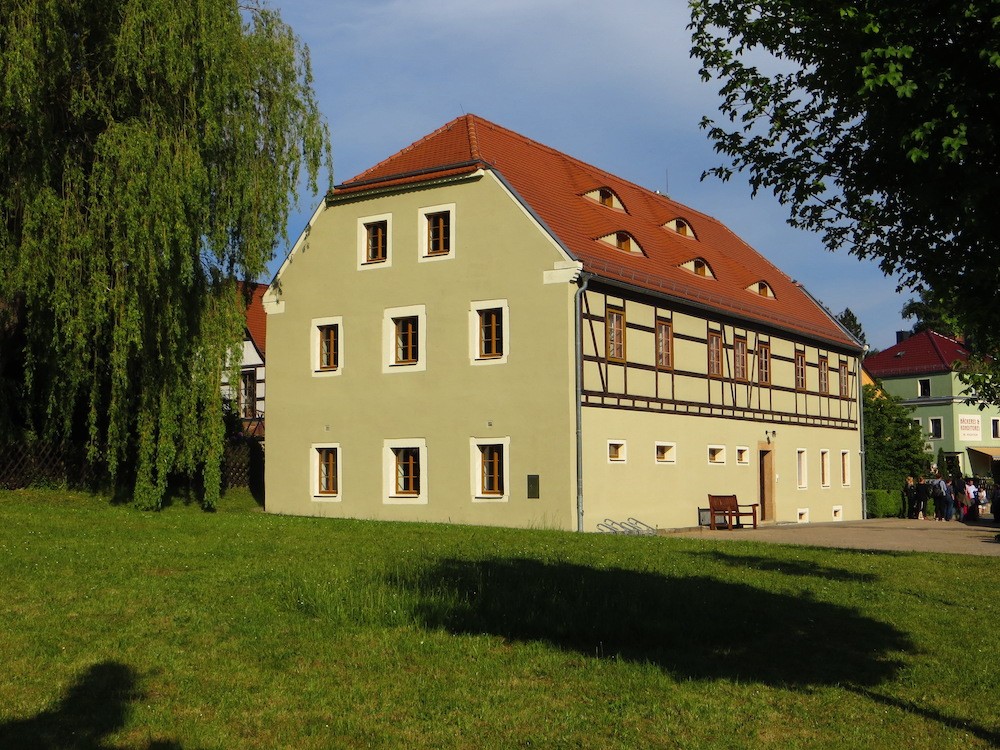
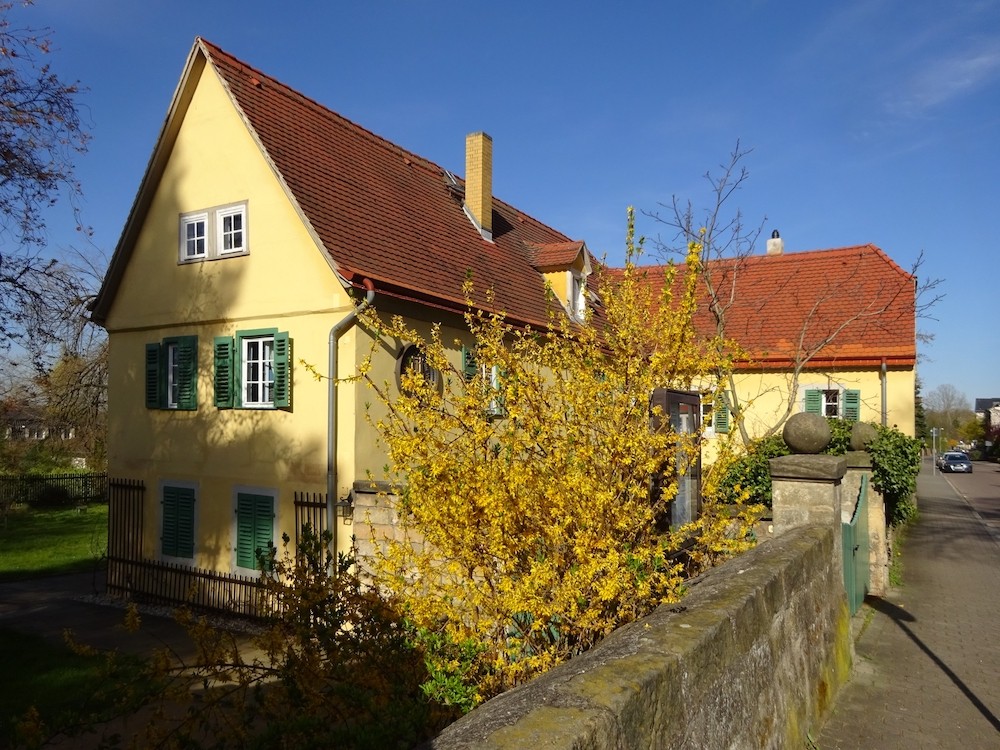
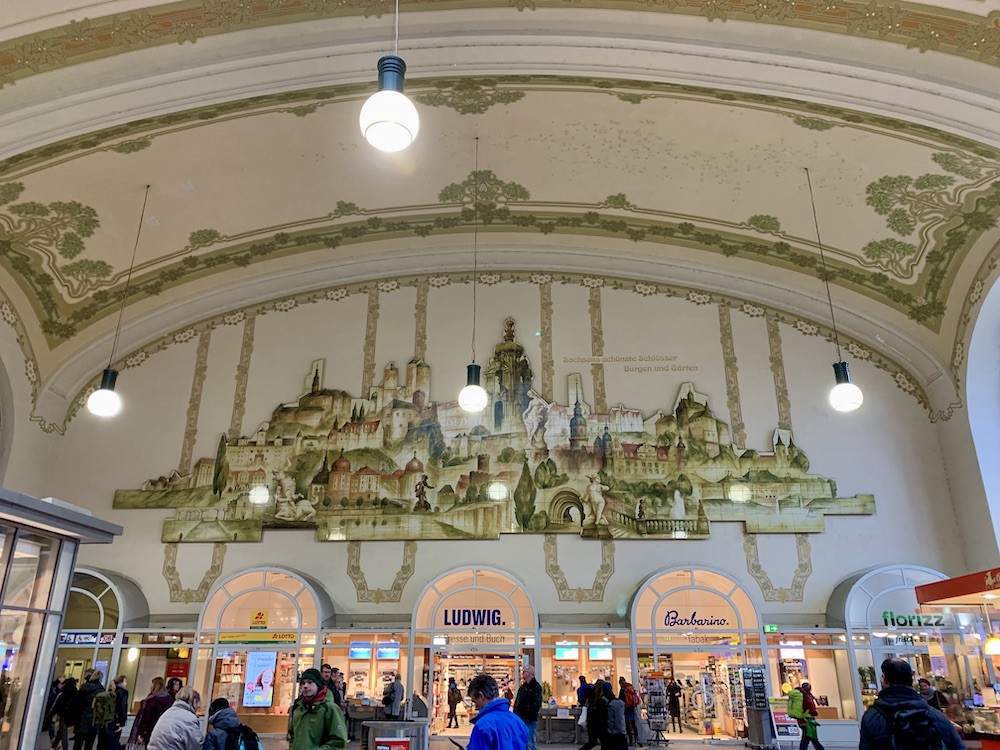
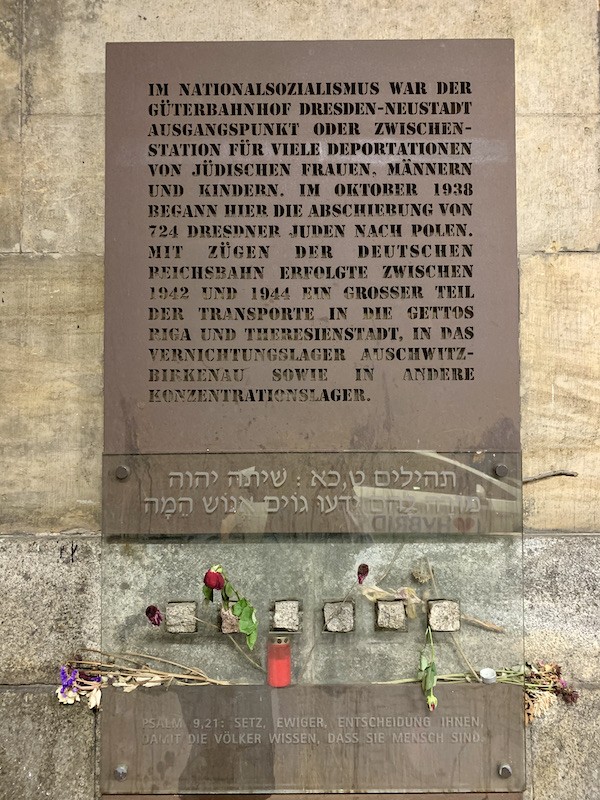
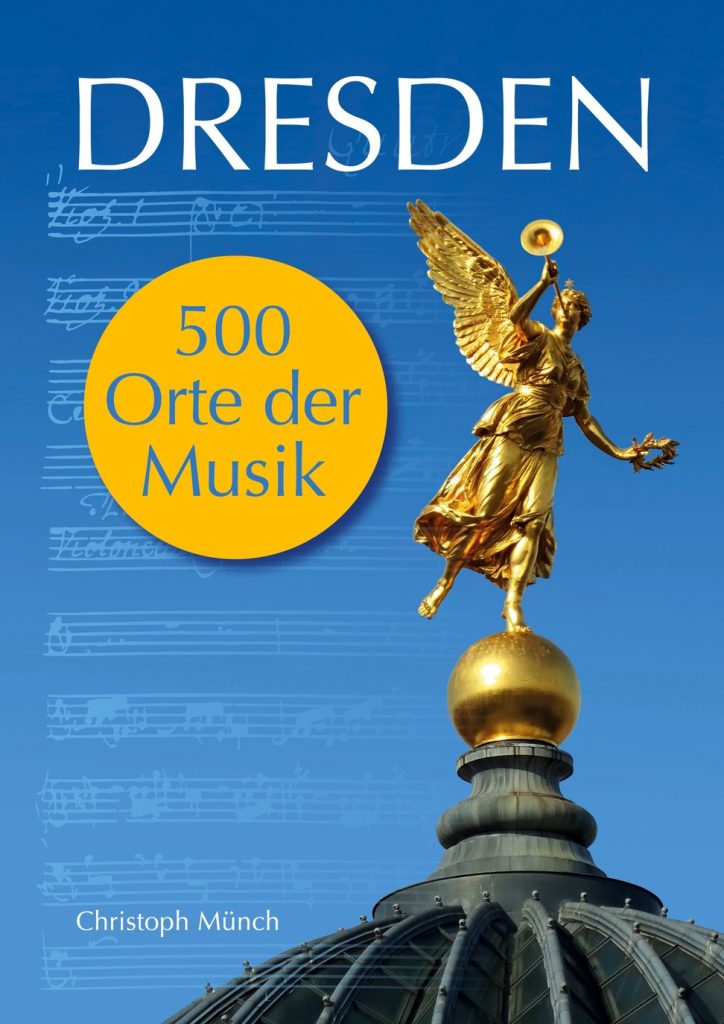
Leave a Comment